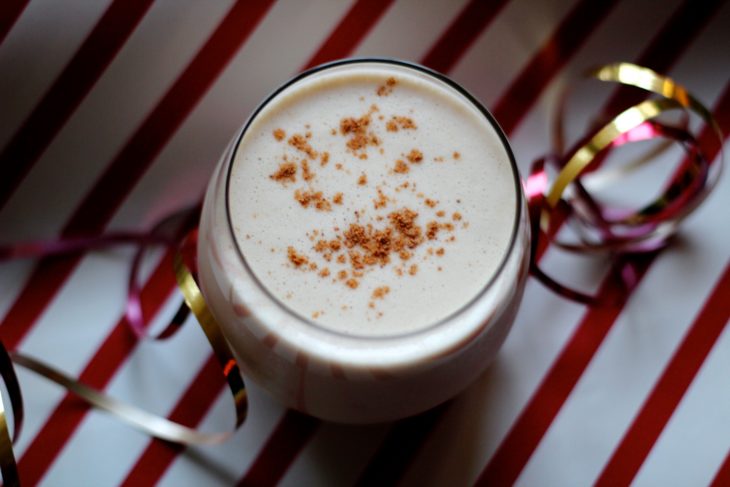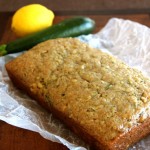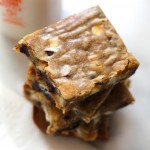35 degrees and rain... yes you read that right. It's raining in December.
Irish Christmas
The holiday season can be emotionally taxing on many of us for a whole smorgasbord of reasons. Here in Alaska, the recent huge earthquake has left numerous people in our state feeling very rattled and shaken up. Although I make no promise that a cozy nip of homemade eggnog can cure what ails you, it might just take the edge off.
Fair warning: this eggnog recipe contains raw eggs. It also contains lots of booze, which acts as a sterilizer and a preservative for the eggs and cream. Sara Christensen at The Kitchn writes, “Very few bacteria, including salmonella, can survive in the presence of alcohol, as has been proven in lab experiments at Rockefeller University.” When made with a two-to-one ratio of two parts dairy to one part liquor, the eggnog can last for several weeks in the refrigerator, and the flavor and texture only improve with time. This process is called aging. It is said that this practice started centuries ago, as a means to preserve eggs and cream into the winter months, before refrigeration, making it a popular winter drink. According to Ethan Trex’s piece, Eggnog: Everything You Need to Know, this recipe is very similar to one George Washington served to guests in the 1700’s – a mixture of cream, milk, eggs (separated into yolks and whites), sugar, rye whiskey, rum, and sherry, stored in a cool place. Later, when Americans began making bourbon, it often replaced the rye whiskey in the American versions of eggnog.

Boozy Eggnog
Makes 6 cups
- 6 eggs, separated
- 1 cup sugar
- 1/2 cup bourbon
- 1/2 cup dark spiced rum
- 1/2 cup cognac
- 2 cups milk
- 1 cup half and half cream*
- nutmeg for sprinkling on top
Cover and refrigerate the egg whites.
In a mixing bowl, briskly whisk together the 6 egg yolks and the sugar until light yellow and airy, about 90 seconds. Pour in the bourbon, rum, and cognac. Gently whisk the liquors into the egg yolk mixture until well combined, helping the sugar dissolve as your whisk. Stir in the milk and cream until smooth. Transfer the eggnog to a covered pitcher and refrigerate at least 1 hour (or overnight).
When ready to serve, whip the egg whites until a soft peak forms. Begin by folding 1/4 of the egg whites into the chilled eggnog. If you like your eggnog more frothy, fold in more egg whites gradually until desired frothiness is achieved. Pour the eggnog into short glasses. Sprinkle with nutmeg. Serve. Leftover eggnog can be kept, sealed in a mason jar, in the refrigerator for up to 3 weeks. Recipe adapted from The Kitchn.
*if you like a thicker eggnog to begin with (before aging), use heavy cream here instead of half and half, but bear in mind that it will get even thicker over time.
WARNING: This recipe contains raw eggs. Use very fresh, organic eggs if at all possible. Be aware that consuming raw or undercooked eggs can increase your risk for certain food-borne illnesses, especially if you have a medical condition.











